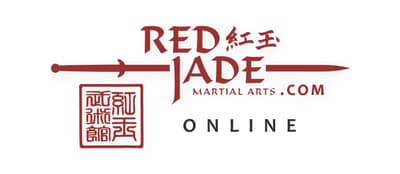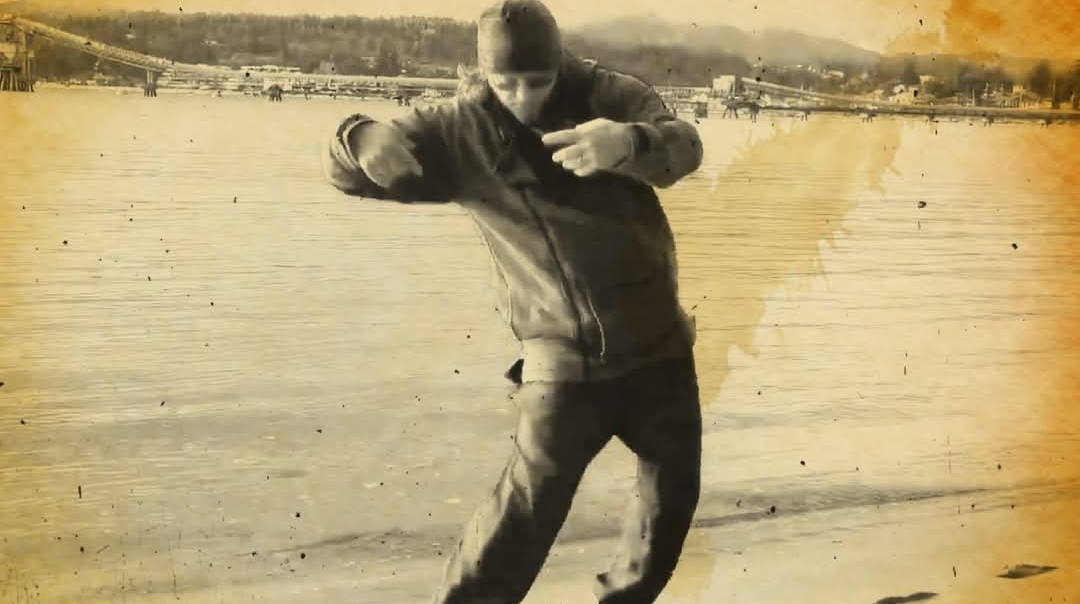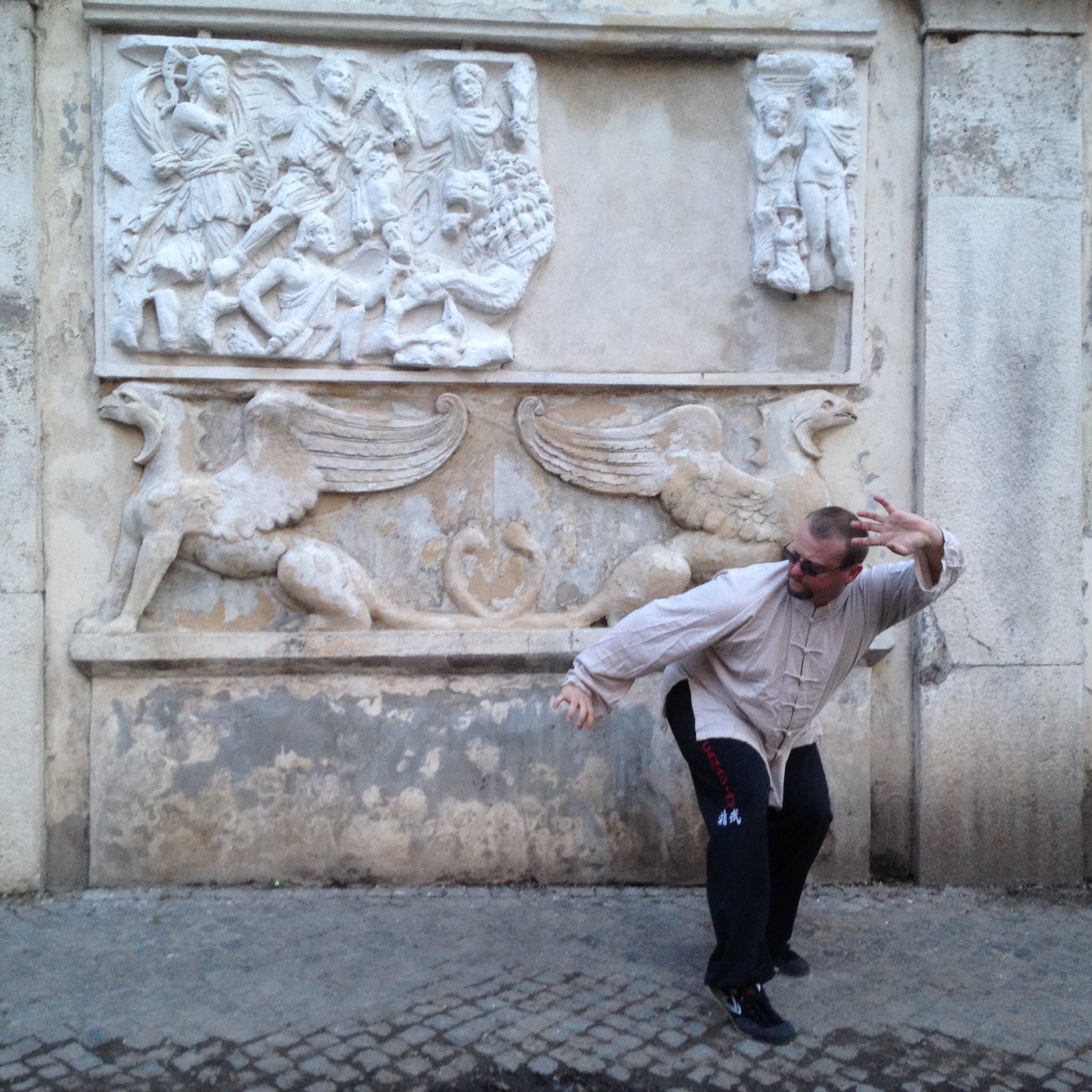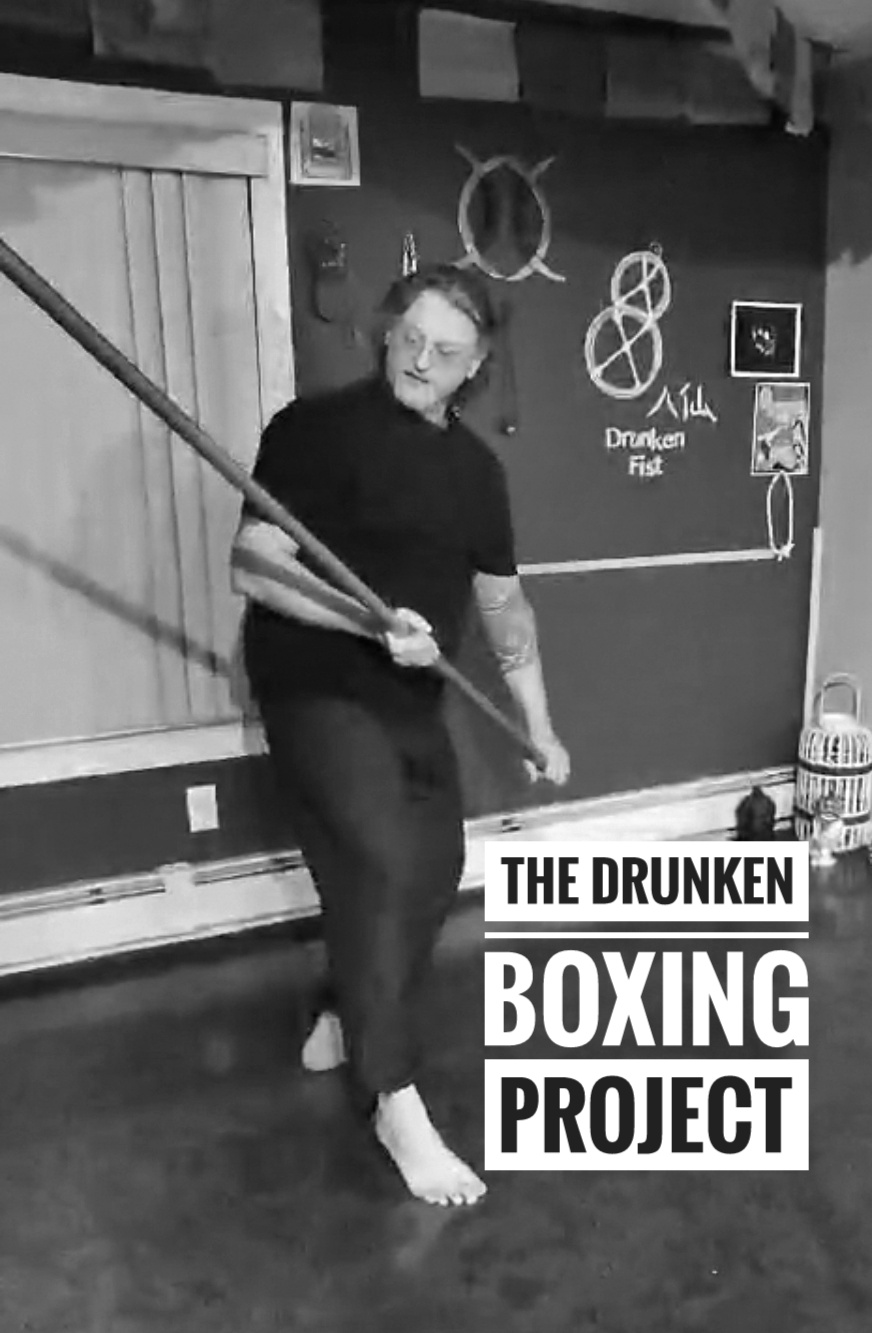The Three Levels of Martial Arts Training: Jing, Qi, and Shen

In traditional martial arts, true mastery lies not in learning more techniques but in refining one’s understanding of three interconnected levels of training: Jing (Body), Qi (Energy), and Shen (Mind). These stages represent the progression from external movement to internal awareness, and finally, to strategic mind training. Understanding this layered approach is essential for anyone seeking real, applicable skill in martial arts.
Level One: Jing – Physical Training and External Movement
The first stage of martial training is purely physical. This includes the external movements: kicks, punches, throws, grapples, and joint locks that define each martial arts system. This stage—called Jing—lays the foundation of correct body mechanics. Without this base, nothing meaningful can be built.
Take, for example, a basic front kick. At first, training is mimetic—monkey see, monkey do. You lift the leg, maintain balance, drive the foot forward, retract it, and then choose to step down. Initially awkward, this becomes fluid with repetition. Over time, correct positioning, stance transitions, and balance are refined.
This first level is about learning to move with accuracy. Without this grounding in correct physical form, deeper training is ineffective.
Level Two: Qi – Internal Relationships and Energy Development
Once the physical structure is in place, we move to Qi—the energetic and internal phase. This level develops relationships within the body: between breath and movement, between joints and muscles, between structure and intention. Here, the body becomes a unified system, producing greater power and efficiency.
Qi is not some mystical force, but rather a term for functional relationships of energy—chemical, physical, and psychological. For example, to generate power in a pushing-style front kick, the rear leg must root into the ground while the kicking leg extends. This opposition creates internal balance. You’ll feel this especially when kicking a heavy bag—your structure must absorb and respond to impact to avoid being knocked backward.
With deeper training, the hips engage, spiraling power through the dantian and into the strike. Breath connects with movement—exhaling upon impact adds force through muscular contraction. Each refinement is another layer of internal relationship building.
Importantly, this phase never ends. There's always a more precise alignment, a more efficient internal cascade to discover.
Level Three: Shen – Mind Training and Strategic Awareness
The final stage of traditional martial training is the cultivation of Shen—mind, intention, and perception. A strong mind becomes a tool to manipulate not just your own body but the external relationships with your opponent and environment.
Here, strategy and tactics are introduced. Understanding an opponent’s intent, posture, and psychology becomes key. Shen involves willpower, intellect, emotional discipline, and the capacity to shift perception—both yours and your opponent’s.
For example, consider the psychological strategy of appearing weak or compliant—dropping the chest, turning slightly, opening the palms. These postures can cause the opponent to underestimate you. When used purposefully, they create an opening for decisive action. This is psychological warfare—not fair play, but often necessary in real violence.
“Only thing you want is to make it back home to your wife and kids. Nothing will prevent that.” – Ma Shifu
Training Shen begins with authentic instruction and mental discipline, such as meditation. Focus on a mantra, a breath, or a visualization. Strengthen concentration. A strong mind can be directed like a weapon.
From Movement to Mastery: A Complete Martial Arts Training Method
Let’s return to our front kick example. On the Jing level, we build structure and repetition. On the Qi level, we explore internal mechanics: grounding, spiraling, timing with breath. At the Shen level, we examine application: strategy, timing, terrain, and perception.
For instance, the strategic use of a front kick might be to maintain distance against a shorter opponent. Tactically, this involves reading their movement and intercepting with a push kick. If your strategy is to end the fight in one strike, then the kick becomes a bladed strike to a vital point—like the groin, throat, or solar plexus.
Application in Combat: Terrain, Deception, and Environment
The deeper mind training of Shen also includes awareness of the combat environment. Master Sun Tzu advised:
“Keep the sun over your left shoulder.”
Simple, but powerful. Blinding your opponent, manipulating light, or using obstacles and terrain all become part of your combat strategy.
Another example from my own training: my teacher Ma Shifu once taught a 100-day season focused on injury. We would warm up, and then he’d assign us a single wrist or ankle weight. The goal: simulate injury and learn to adapt.
We trained with these weights, sparred with them, switched them mid-fight. Over time, we learned:
- How to adapt with a "dead" limb
- How to use the limb as a hidden weapon
- How to fake an injury convincingly
This training emphasized adaptability, deception, and psychological control. By feigning fatigue, crying out, or limping—even when unharmed—we could trigger emotional responses in opponents and gain the upper hand.
Conclusion: The Martial Path of Jing, Qi, and Shen
Real martial skill develops through a progressive layering of training. First, the physical movements (Jing) must be correct. Then the internal energy and mechanical relationships (Qi) must be refined. Finally, the mind (Shen) becomes the dominant tool—observing, influencing, and changing the combat dynamic.
Every technique, from a basic kick to complex strategies of deception, is built on these foundations. Whether you're a beginner learning to balance or an advanced practitioner studying mind manipulation, the path remains the same: deepen your understanding of relationship, awareness, and intention.



